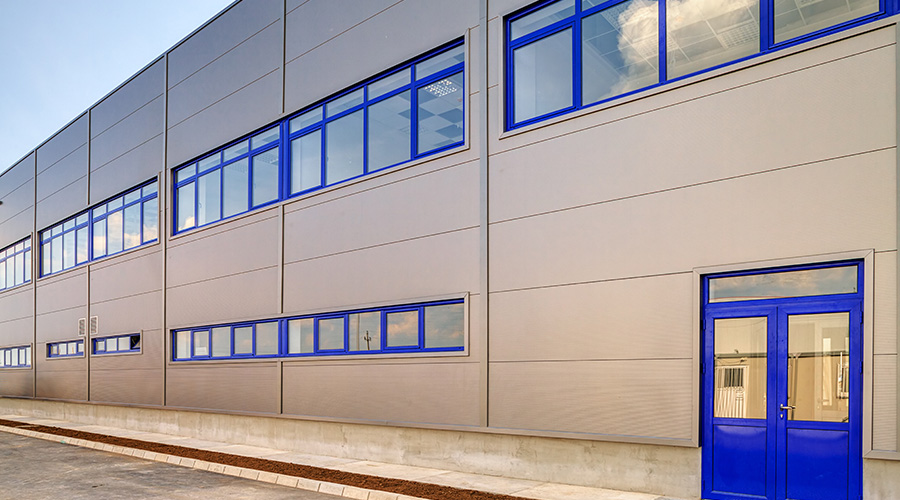Green Building Codes Make Certification a Rigorous Process
One example of its guidance and assessment resources is the Continual Improvement of Existing Buildings (CEIB) program. The program assesses six environmental areas. The areas and weights are: energy efficiency (35 percent); water conservation (8 percent); resource recycling and waste management (11 percent); boiler emissions and water effluent (18 percent); indoor environment (18 percent); and environmental management (10 percent). When the user completes an online assessment, the software automatically generates a report containing recommendations for improvement in each area.
ASHRAE in cooperation with ANSI, USGBC, and the Illuminating Engineering Society, developed Standard 189.1 to provide minimum requirements for siting, design, construction, and operations planning designed to produce high-performance green buildings. It aims to balance environmental responsibility, resource efficiency, occupant comfort, and community impact. Managers can use the standard to measure compliance with the IGCC 2012, which regulates building construction and remodeling. The goal of 189.1 is to develop the present environment in a way that also gives weight to positive, future impacts.
More than 400 green building codes, standards, and rating systems offer credits for Greenguard certified products, including all of the above certifying systems. Greenguard certification ensures a product meets the most rigorous standards for low-VOC emissions. Specific application-related programs are available — for example, Greenguard Indoor Air Quality- and Greenguard Children and Schools-Certified. Greenguard Children and School-Certified rates building materials, furniture, fixtures, finishes, cleaning products, and electronic and consumer products intended for child-friendly green environments.
Putting Standards To Work
It can be extremely difficult to ensure the green certification when specifying paints and coatings unless managers rely on reputable, knowledgeable sources. Consider the example of one lesser-known requirement: To minimize environmentally harmful emissions resulting from product transportation, managers must acquire a product within 500 miles of the point of use.
Given daily workloads, managers might be challenged to find the time to go through all the paint products to check for green certification from the right certifying body, that the specific product meets green requirements and works for each application, and the specific limits for each characteristic, such as maximum VOC allowable both for the product and additives. After all that, they still need to find a supplier — all at a reasonable cost.
To address the challenge, managers might consider a time-saving strategy: Make paints and coatings manufacturers or distributors the go-to resource to sort it all out, since manufacturers spend a great deal of money on research and development, testing, following testing procedures, and obtaining certification for their products.
Managers often ask this question: "Which certification(s) are required by this project's architect and engineering firm, state or local building code body, or industry?" With the answer to this key question, the supplier can provide a product specification that complies with the appropriate codes and green certifications. Suppliers already have submitted their products for the testing and can recommend those that have the certification and labeling the application requires.
Related Topics:













